26 September 2025

Om Mani Padme Hum
Buddha give me serenity and patience
Carrying my backpack, I walk to a new hotel, bracing myself to join a tour group. It feels a bit like handing over my freedom at the front desk. For two glorious days, I’ve wandered at will— strolling gardens, decoding menus and train signs, and chasing Godzilla.
Now, I’ll swap independence for a local guide arranging logistics and doing headcounts. Don’t get me wrong, I’m ready for the fun, but I can’t help wondering if I’ll be the lone Godzilla nerd in a sea of temple and teacup enthusiasts
Welcome Dinner
ElderTreks, a travel company based in Toronto, kicks things off with the traditional welcome dinner. Our fearless leader, Toshiyuki, makes introductions, and tells us the basics of our journey ahead.
It’s the perfect mix of cautious exuberance and sharp observation as I scan the room, sizing up 16 strangers I’ll share the next 19 days with. Are they like-minded adventurers or wild cards? There’s always one who tests everyone’s patience. Who will turn out to be the most fascinating? The most unbearable? Above all, I silently vow not to become that travel mate—the royal pain in the ass everyone remembers for the wrong reasons.
We meet and greet, trade travel tales, eat, and drink. Dinner conversation, as expected, revolves around travel—always travel. (Politics typically comes days later.) These groups tend to be seasoned globetrotters, and this one is no exception. Ages range between 60 and 80 and many are ElderTreks veterans. Five hail from Canada, eleven from eight different U.S. states. Japan promises to be a learning experience for us all.
Ueno and the Tokyo National Museum
Our day begins with a walking tour of Tokyo, powered by the city’s public transport system and our feet. It is already hit and humid. Trains arrive so precisely that I’m convinced the conductors must carry atomic clocks in their pockets. Apologies extended if a minute late.
Before I can blink, we’re gliding toward Ueno, where the Tokyo National Museum awaits—Japan’s treasure chest of art, history, and more “do not touch” signs than I’ve ever seen in one place. The pottery and carvings are spectacular.


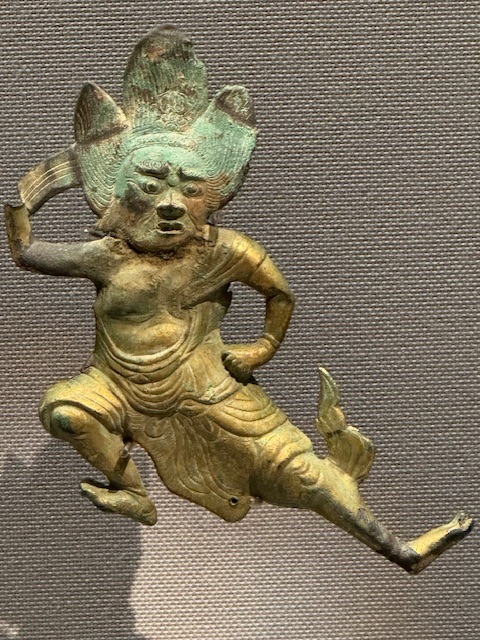
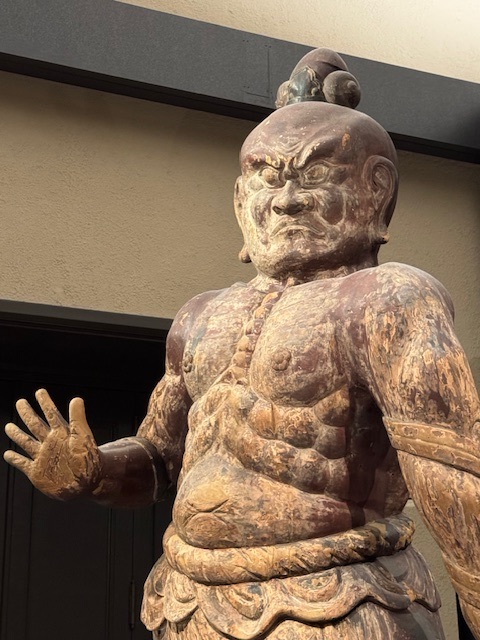
Exhibits cover everything from delicate calligraphy to dazzling kimono displays, samurai swords to Buddhist sculptures. The museum represents centuries of Japanese history with equal parts history lesson and cultural adventure—like walking through a time machine, only with far better air conditioning.
Then, I wander into the Hōryū-ji Treasures. Ancient Buddhist statues stare with serene eyes that have been watching humanity since the 7th century. Buddhist sculptures radiate calm serenity.

Bronze ritual bells and delicate carvings abound. Each artifact carries a hush of reverence, the kind that makes even the most talkative tourists lower their voices. I’ve stepped into Japan’s spiritual and artistic beginnings.
I linger in the Samurai Swords Collection. These aren’t just weapons; they’re masterpieces of art and engineering. The oldest crafted sometime around 369CE. The polished blades gleam with razor-sharp precision, each telling the story of Japan’s warrior culture and centuries of craftsmanship. Even the ornate sword fittings and scabbards are works of art.
Asakusa and Sensoji Temple
We travel aboard the Asakusa salmon-colored line for 4 stops. Crowds jam the trains. After a short walk, we arrive at the impressive Senso-ji – a Buddhisttemple founded in 628 and the oldest temple in Tokyo.
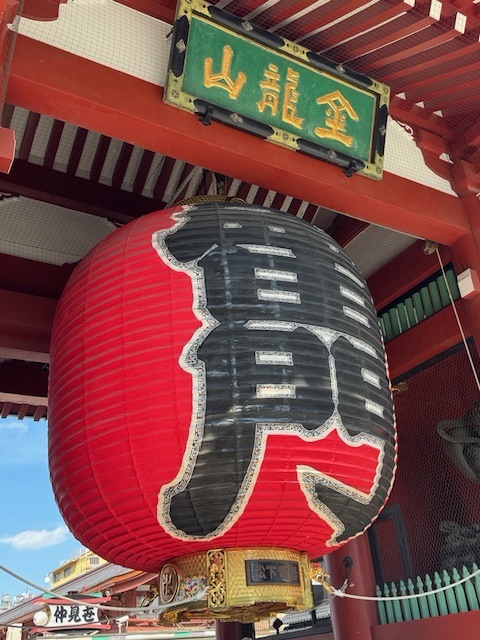
Sensoji makes a grand, colorful impression. The towering, bright red Kaminarimon, or “Thunder Gate,” looks like it could withstand a typhoon, complete with a massive paper lantern much less likely to withstand typhoons.
Beyond the gate stretches Nakamise Street, a lively shopping arcade that’s been around for centuries. Colorful and lively stalls sell everything from sweet rice crackers to plastic samurai swords. After recently having experienced Moroccan markets, these kiosks and retailers are surprisingly peaceful and hassle-free.

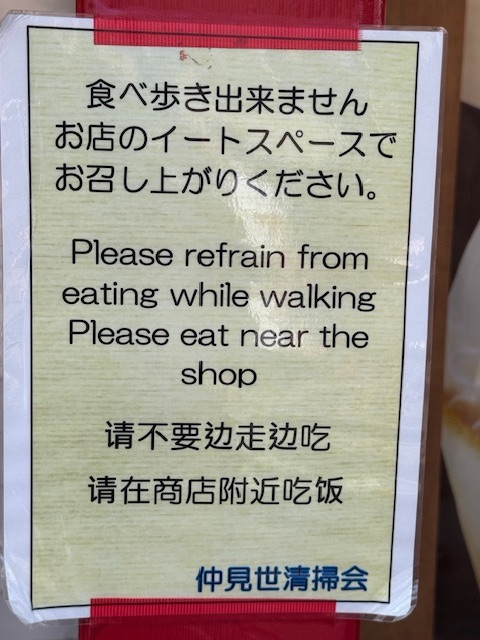
At the end of the street stands the impressive Hozomon gate with its four Buddhist guardians. Entry to the temple’s main hall sits above a flight of stairs. Rebuilt after World War II, its sweeping rooflines and bright vermilion beams keep its 7th-century origins alive.
Legend says two fishermen pulled a statue of Kannon, the Buddhist goddess of mercy, from the nearby Sumida River in 628 CE. The temple grew around it. With incense smoke curling into the sky and worshippers tossing coins with practiced flicks, Sensoji blends history, faith, and spectacle in a way only Tokyo can pull off.
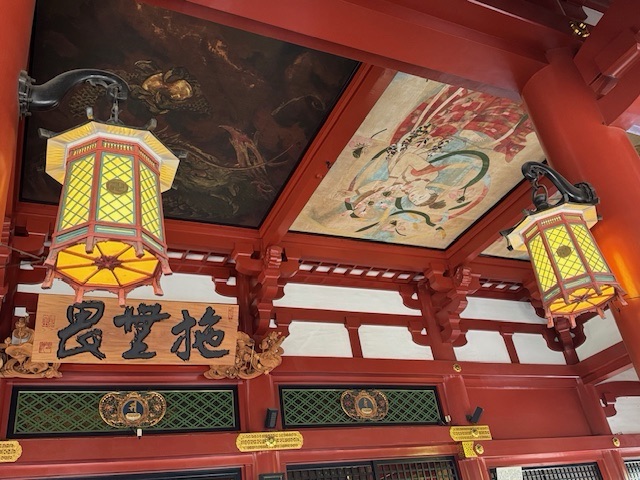
Nourishment
As always, dining is a pleasure whether morning, noon, or night. Toshi seats us at a traditional restaurant near the temple and pre-orders our dining experience. No more second-guessing or pointing at pictures. No longer hoping for the best.

I dine on an excellent selection of tempura. I am not a tea drinker but soft drinks are options.
Meals are never simple here. Several dishes, cups, chopsticks and bowls accompany each dish in experience. There exists a method to eating and one slowly figures it out.
Drifting Upon the Sumida River
Gliding up the Sumida River feels like sneaking a peaceful shortcut through Tokyo’s chaos. Our futuristic bullet-shaped ferry glides easily atop the waters. This river is Tokyo’s historic artery, winding gently through the city and offering a surprisingly peaceful contrast to the urban rush. Lined with cherry trees, parks, and promenades, skyscrapers, temples, and the occasional traditional wooden riverside home, we drift past ducks and the occasional swan sharing the river.
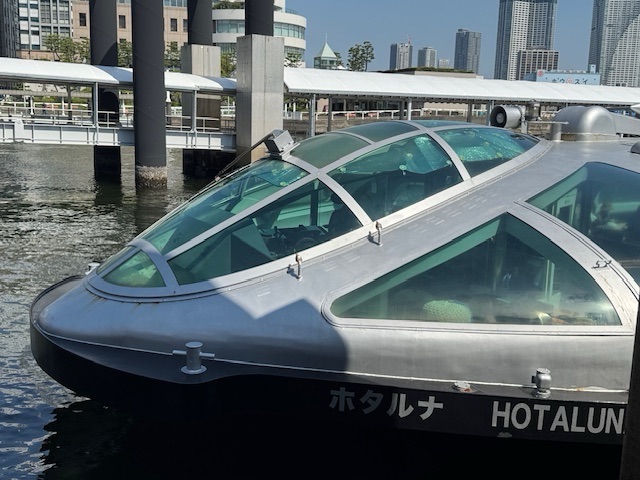
Views include iconic landmarks like Tokyo Skytree and numerous bridges, none of which Godzilla bothered. The bridges connect different districts, creating a mix of old Edo charm and modern cityscape. The gentle rocking of the boat allows me just enough time to feel smug about avoiding crowded streets and metros.
Hama-Rikyu Gardens
At first glance, Hama-Rikyu Gardens seem a collection of old rocks and ruins with flowers sprinkled around. However, it’s actually a carefully designed Edo-period seaside garden with layers of history and artistry.
Built by the Tokugawa shoguns as a duckhunting and relaxation ground in the 17th century, it combines tidal ponds, meticulously pruned trees, seasonal flower displays, and traditional teahouses—all laid out to create harmony between nature, water, and human design.
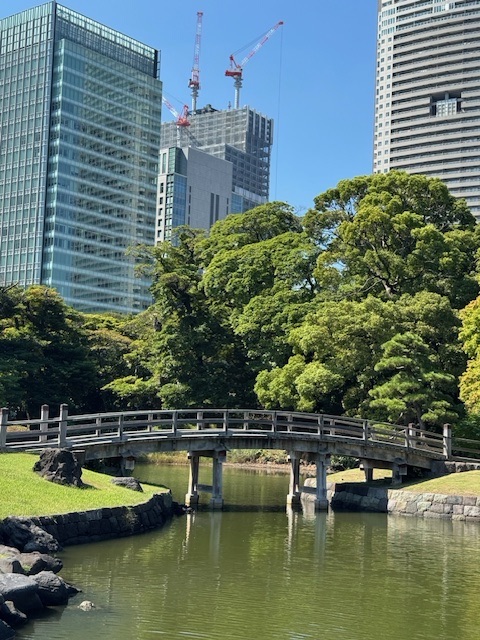
A highlight might be the 300-year-old Pine tree. Or maybe the Duck Hunting Site (did see gobs of pecking pigeons and several feathered specimens of fowl happily swimming the ponds).
What makes it special is the way it blends old and new. The garden sits right next to Tokyo Bay, so modern skyscrapers reflect on the water of centuries-old duck ponds. These tidal ponds were used to raise fish for the shogun’s table. While it lacks dramatic temples, Hama-Rikyu is a subtle masterpiece of Japanese landscaping—quiet and refined with a multitude of photogenic details.
Dinner and More
No Japanese dining experience is fast nor simple. We metro to a wonderful restaurant one stop away. Already, we judge distance by how many stops on the train.
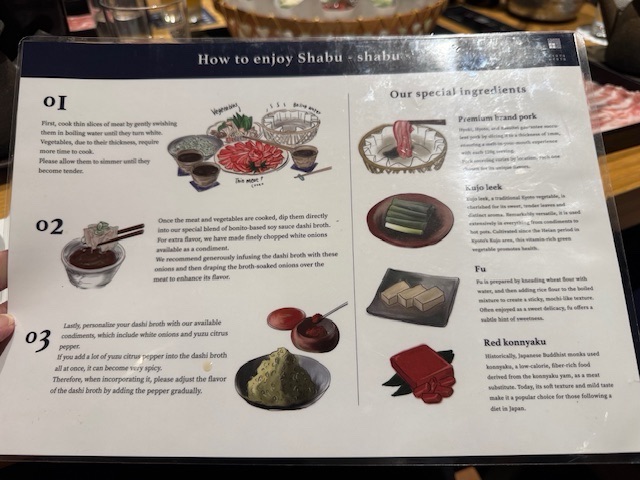
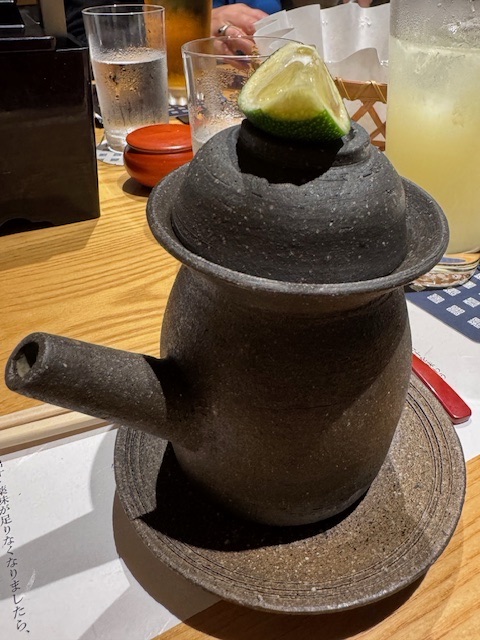
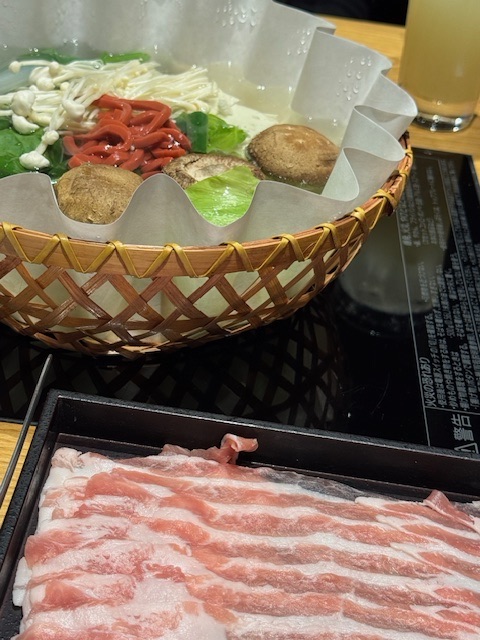
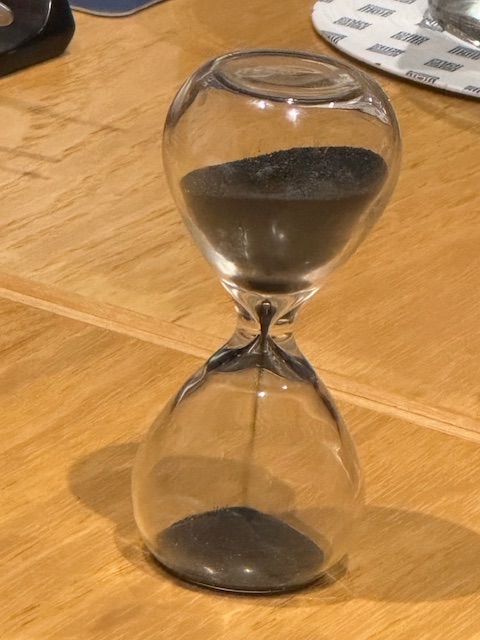
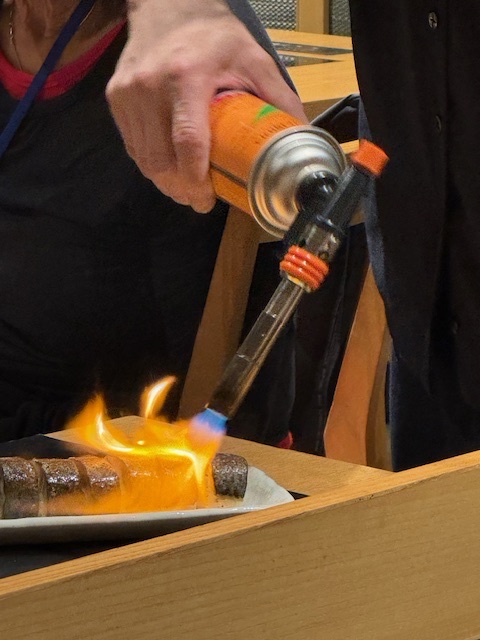
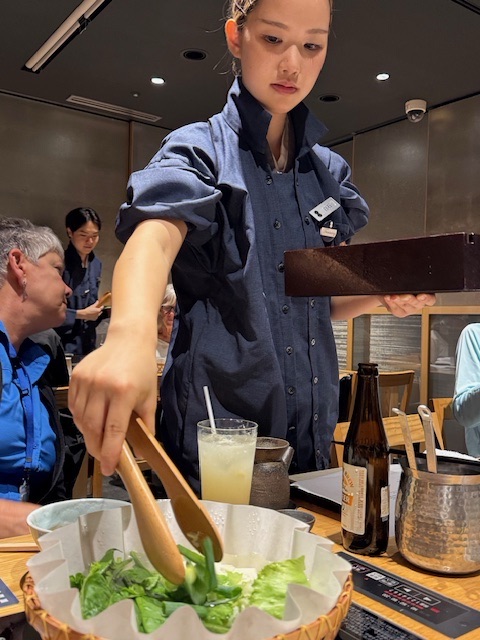
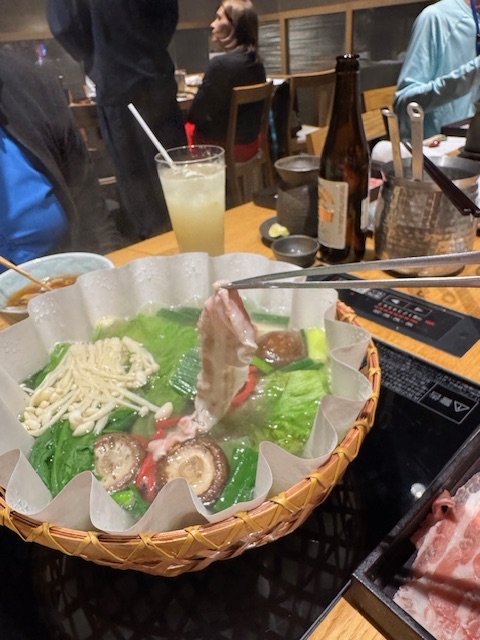
We read the placards, follow the rules, hopefully use the right tool for the task. First course, second course, third course. Dip this, stir that, cook the ham until it’s white. Flame the sushi, add the veggies and mushrooms to the boiling pot. Set the three-minute. The dinner is delicious.
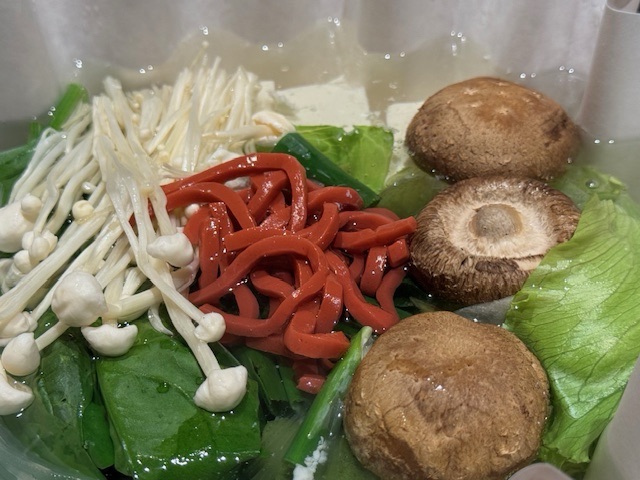
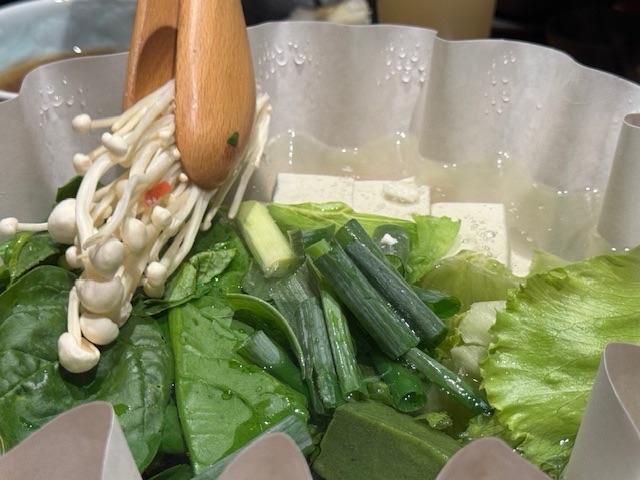
In Tokyo, a Day Without Godzilla is like a Day Without Wine
In Tokyo, a day without Godzilla feels like a day without wine—slightly empty, a little lacking, and definitely missing that delicious sense of sci-fi and drama. I’ve wandered gardens, dodged selfie sticks, marveled at temples, and even floated down the Sumida, but somewhere between skyscrapers and shrines, I keep scanning the skyline, half-expecting a swishing tail or a screeching roar.
However, Tokyo remains special. Among other amazing reasons, it reigns as the city of anime and Kaiju. Kaiju, or monsters/strange beasts, can be seen all around Tokyo. Anime appears everywhere. Neon becomes a profound experience.
I normally avoid big, crowded cities: Tokyo takes the award here. The city has almost as many people (about 38 million) as the state of California, and they all seem to be out on the streets and in the metros. But Tokyo became one city of the world where my avoidance dwindles.
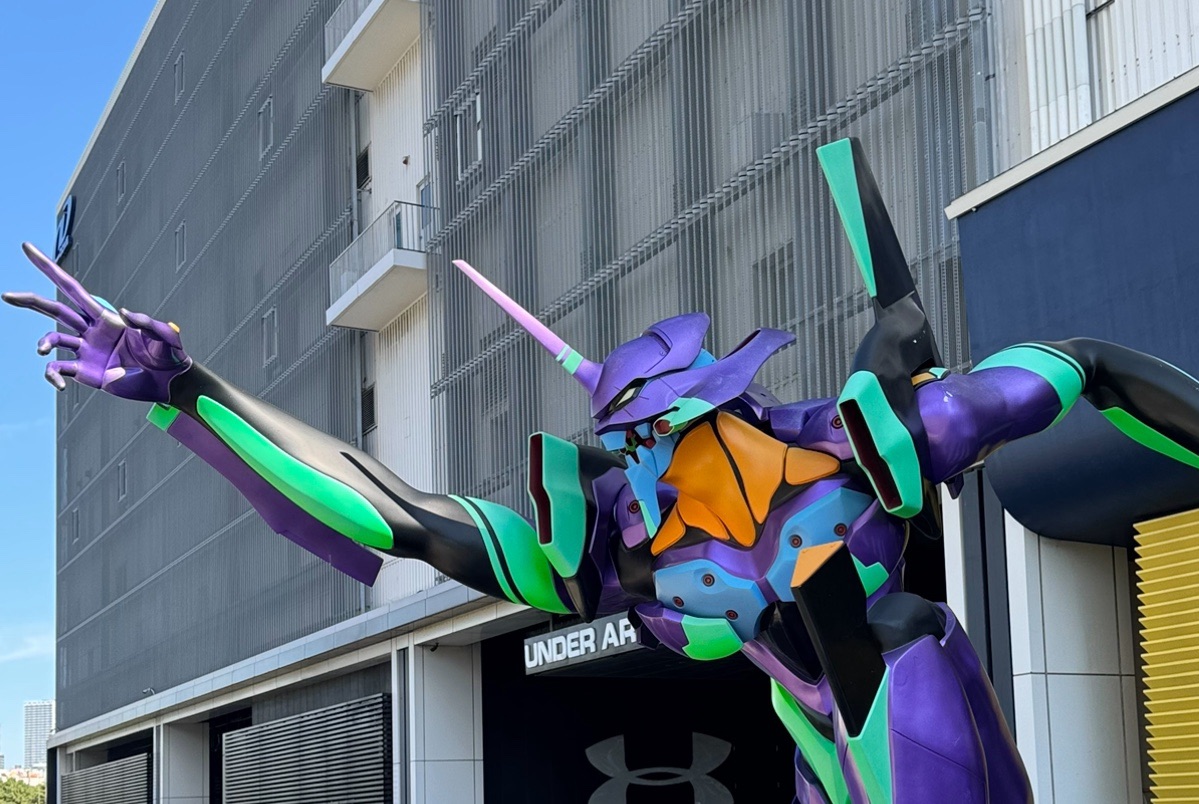
Tokyo’s wonders are endless. But, let’s be honest: a city that hosts giant monster statues deserves at least one Kaiju (strange beast) cameo in your day—or your adventure just isn’t complete.
0 Comments